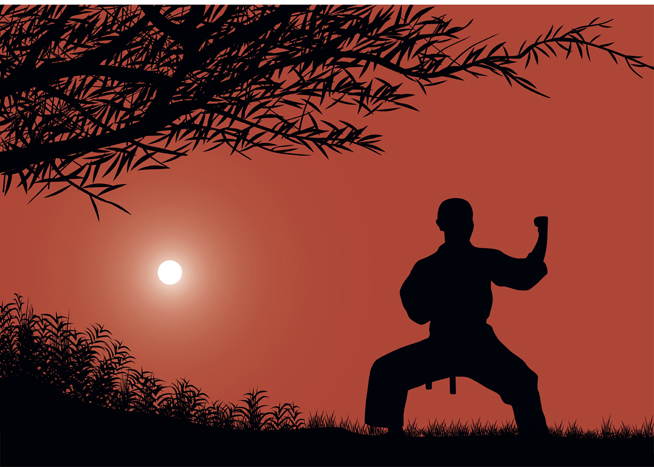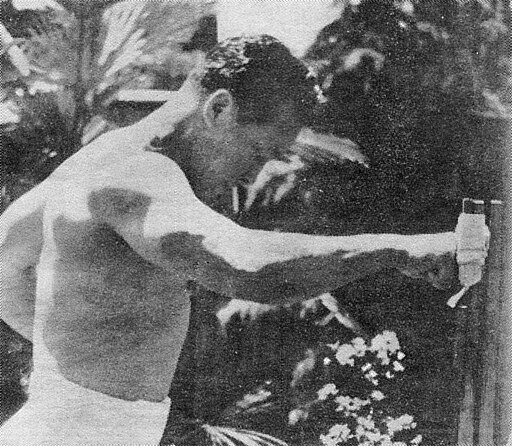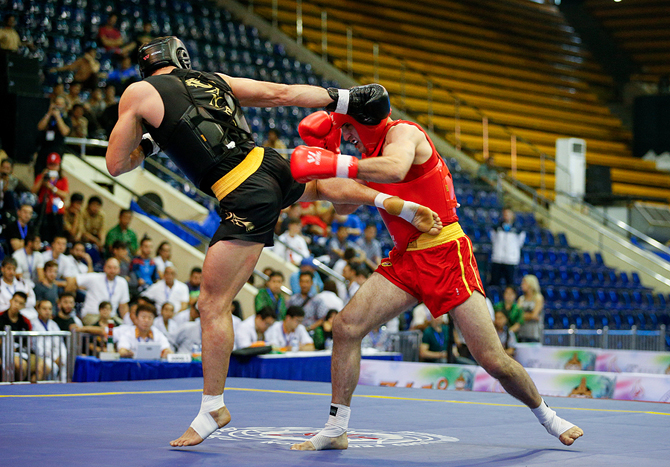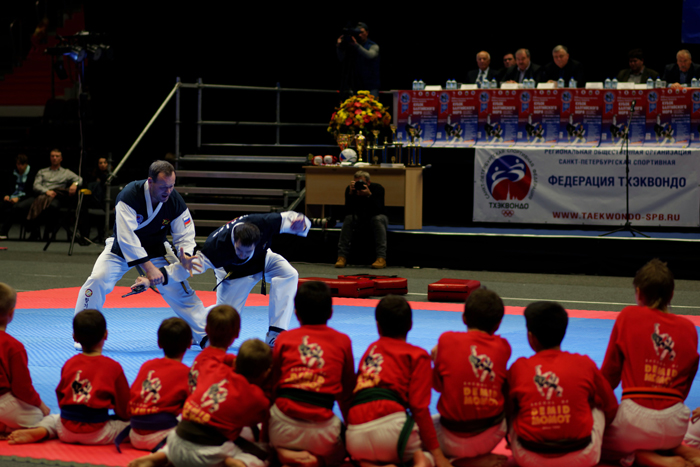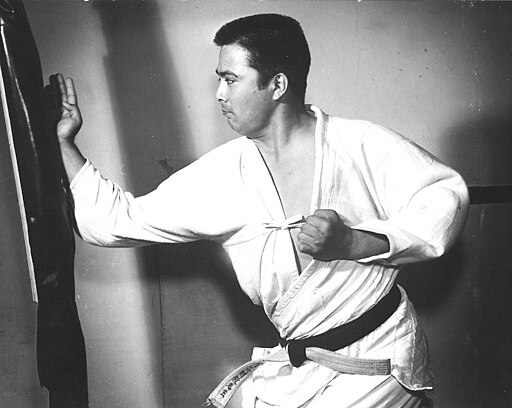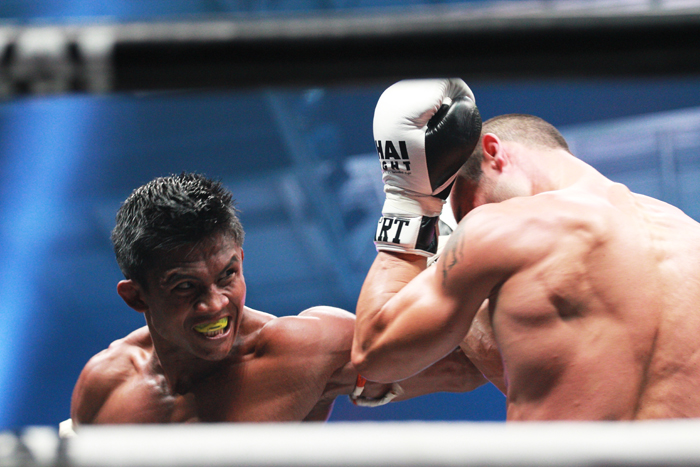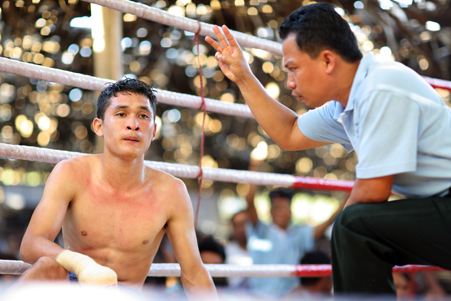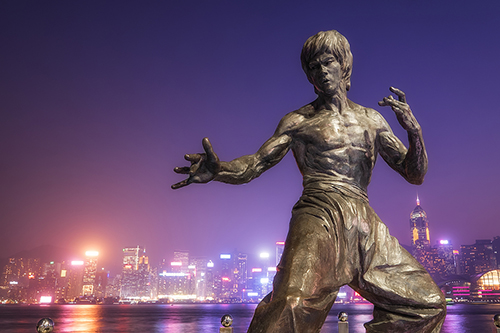Chuan Fa - Secrets of the Shaolin Temple
Chuan Fa, also known as Chinese Kenpo or Kung Fu, is a traditional Chinese martial art that uses striking techniques, joint locks, and throws. The origins of Chuan Fa trace back to the Shaolin Temple, where monks developed it for self-defense, physical strength, and mental discipline.
It incorporates various techniques from other martial arts and is believed to have influenced both Japanese and modern Chinese martial arts. Let’s explore the ancient Chinese martial art of Chuan Fa and learn more about its history and techniques.
The History and Evolution of Chuan Fa
Origins of Chuan Fa in China
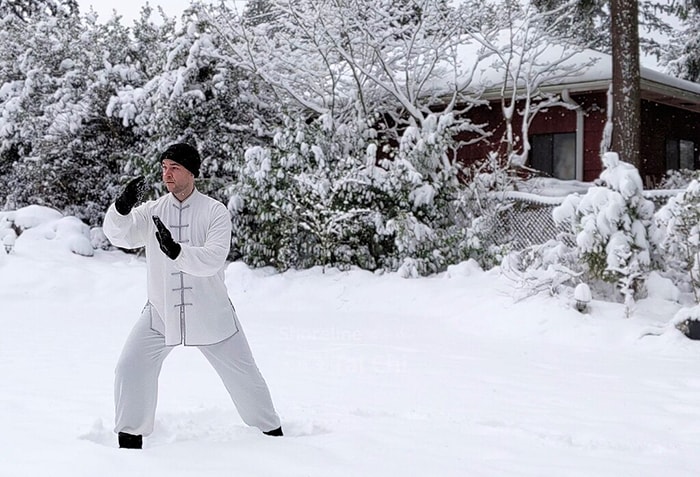
Chuan Fa is often referred to as Chinese Kenpo or Kung Fu. Its origins can be traced back over a thousand years to the Shaolin Temple during the early Tang Dynasty (618–907 AD). The Shaolin monks initially developed martial arts as a system of self-defense and physical conditioning. It was influenced by Indian martial arts brought to China by the Indian monk Bodhidharma.
According to Chinese history, Bodhidharma was a monk from southern India who traveled to China to re-teach the principles of Buddhism and share the knowledge of Dhyana (Zen Koans). The monk famously combined physical techniques with meditative practices. Over time, Chuan Fa incorporated elements from various Chinese fighting styles, such as Shuai Jiao, evolving into a comprehensive martial art that included striking, joint manipulation, and throws.
During the Song Dynasty (960–1279 AD), Chuan Fa continued to evolve with the development of more sophisticated techniques and forms. The art spread throughout China, adapting to regional styles and preferences. By the Ming (1368-1644 AD) and Qing (1644-1912 AD) dynasties, Chuan Fa had become a diverse and complex system with numerous schools and styles across China.
The Pioneers of Chuan Fa

Chuan Fa was introduced to Japan as Kenpo, the Japanese translation for Chuan Fa. In Okinawa, the Shaolin martial art of Chuan Fa was known as Kenpo, and an Okinawan karate master, Choki Motobu, translated the Chuan-Fa elements of his style, Okinawan Shorin-Ryu or Kenpo Karate, into the basic structure for Japanese Kenpo Karate.
Chuan Fa’s transformation into Japanese Kenpo began in the early 20th century, when cultural interactions between Chinese and Japanese martial artists took place. Motobu taught Chuan Fa to the Hawaiian martial arts community during a visit to Hawaii in 1933.
James Mitose, a Japanese-American who learned Chuan Fa from practitioners in Hawaii, was one of Kenpo’s keen advocates. Mitose integrated Chuan Fa’s techniques with traditional Japanese martial arts principles, adapting them to suit Japanese combat philosophies and training methods.
He called this new system “Kenpo,” using the Japanese pronunciation of the Chinese characters for “Fist Law.” Kenpo continued to evolve through Mitose’s students, most notably Ed Parker, who further developed and popularized it in America as American Kenpo, a system known for its emphasis on speed, efficiency, and practical self-defense techniques.
While modern Kenpo Karate does not exactly represent the ancient martial art of Chuan Fa, some still practice the Chinese style of the martial art. However, in the modern era, most versions of Chuan Fa are taught as Japanese Shorin-Ryu Karate (Kenpo Karate). Today, people around the world continue to practice Chuan Fa, often referring to it as Kenpo Karate, American Kenpo, or Chinese Kenpo. For the purpose of accuracy, we will be focusing on the original Chinese martial art of Chuan Fa in this article.
Understanding Chuan Fa as a Martial Style
Chuan Fa is a unique martial style that combines the principles of ancient combat methods and is characterized by its use of animal-based movements. There are forms and techniques that date back to the Shaolin temple over 1000 years ago. Chuan Fa is often referred to as the “Law of the Fist” and is known for its emphasis on discipline and respect for one’s opponents.
Key Principles of Chuan Fa
Chuan Fa is based on the principles of Buddhism and Zen Koans. The art emphasizes the importance of mindfulness and inner peace in martial arts training. Chuan Fa is a holistic martial art that aims to develop the mind, body, and spirit of its practitioners.
Techniques and Training in Chuan Fa
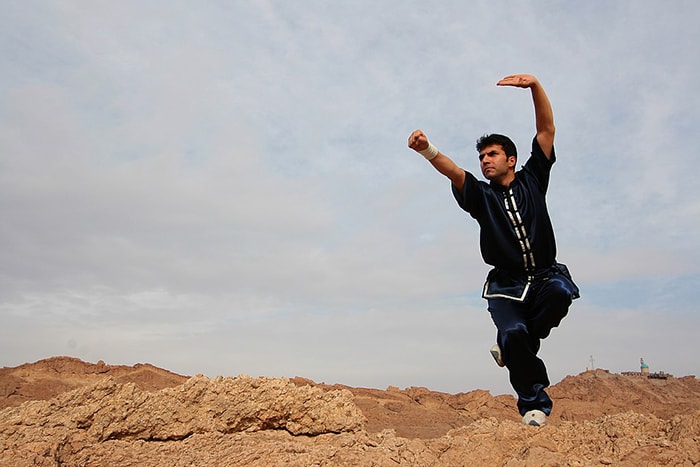
Attacks in Chuna Fa are designed to overwhelm the opponent with rapid strikes to vital points of the body, utilizing proper body mechanics and speed.
- Strikes (Da): Punches, kicks, and elbow strikes aimed at vital points.
- Blocks and Parries (Lan): Defensive moves to deflect or stop attacks.
- Throws and Takedowns (Shuai): Techniques to off-balance and throw the opponent.
- Joint Locks (Qinna): Manipulations to control or incapacitate through pain.
- Pressure Points (Dian Xue): Targeting specific points to disrupt the opponent’s energy flow.
Taolu or Forms
Forms, or Taolu, are pre-arranged sequences of movements, stances, and strikes that are practiced in many Chinese martial arts. The forms in Chuan Fa are focused on animal-based movements. Here are some of the forms in Chuan Fa:
- Tiger (Hu Xing): Emphasizes powerful, direct attacks and strong stances.
- Crane (He Xing): Focuses on balance, grace, and precise, quick strikes.
- Leopard (Bao Xing): Utilizes speed, agility, and rapid, explosive movements.
- Snake (She Xing): Features fluid, coiling motions, and pressure point strikes.
- Dragon (Long Xing): Combines flexibility, strength, and flowing movements.
Ranking and Progression in Chuan Fa
Modern Chuan Fa has undergone several changes to adapt to a complete martial arts system. Some schools have introduced the adoption of the Americanized “Karate belt” system of ranking, using white, yellow, purple, etc. belts.
This is a ranking system that is designed to provide motivation for students, as the traditional Chinese martial art sash system was not deemed effective by some schools. Progressing in belt ranking should normally be done by the Chuan Fa student taking part in a grading. These are events where a master will judge your taolu (forms) and techniques. After scoring your forms and techniques, they will decide if you are worthy of receiving a new belt.
Summary
Chuan Fa has evolved a great deal in modern times, adapting to different styles of Chinese kenpo, American kenpo, and Japanese karate. Whichever style of Chuan Fa you decide to go with, whether it is traditional Chinese Chuan Fa or a more modern approach, they all provide students with a great martial art background and a diverse array of techniques. Chuan Fa is a well-adapted martial art that deserves the attention of enthusiasts worldwide.
Frequently asked questions
What is the history of Chuan Fa?
The history of Chuan Fa dates back to ancient China over 1000 years ago, when an Indian monk named Bodhidharma taught his philosophy and martial arts to the Shaolin temple.
Is Kenpo the same as Kung Fu?
Kenpo is originally a Chinese martial art, so it is a type of Kung Fu, but it is not entirely the same as Shaolin Kung Fu or Wing Chun as the techniques are different.
What is the Chinese name for Kenpo?
Chuan Fa is the Chinese name for Kenpo. The name Kenpo was invented when Japanese martial artists started to adopt Chuan Fa into their styles.
